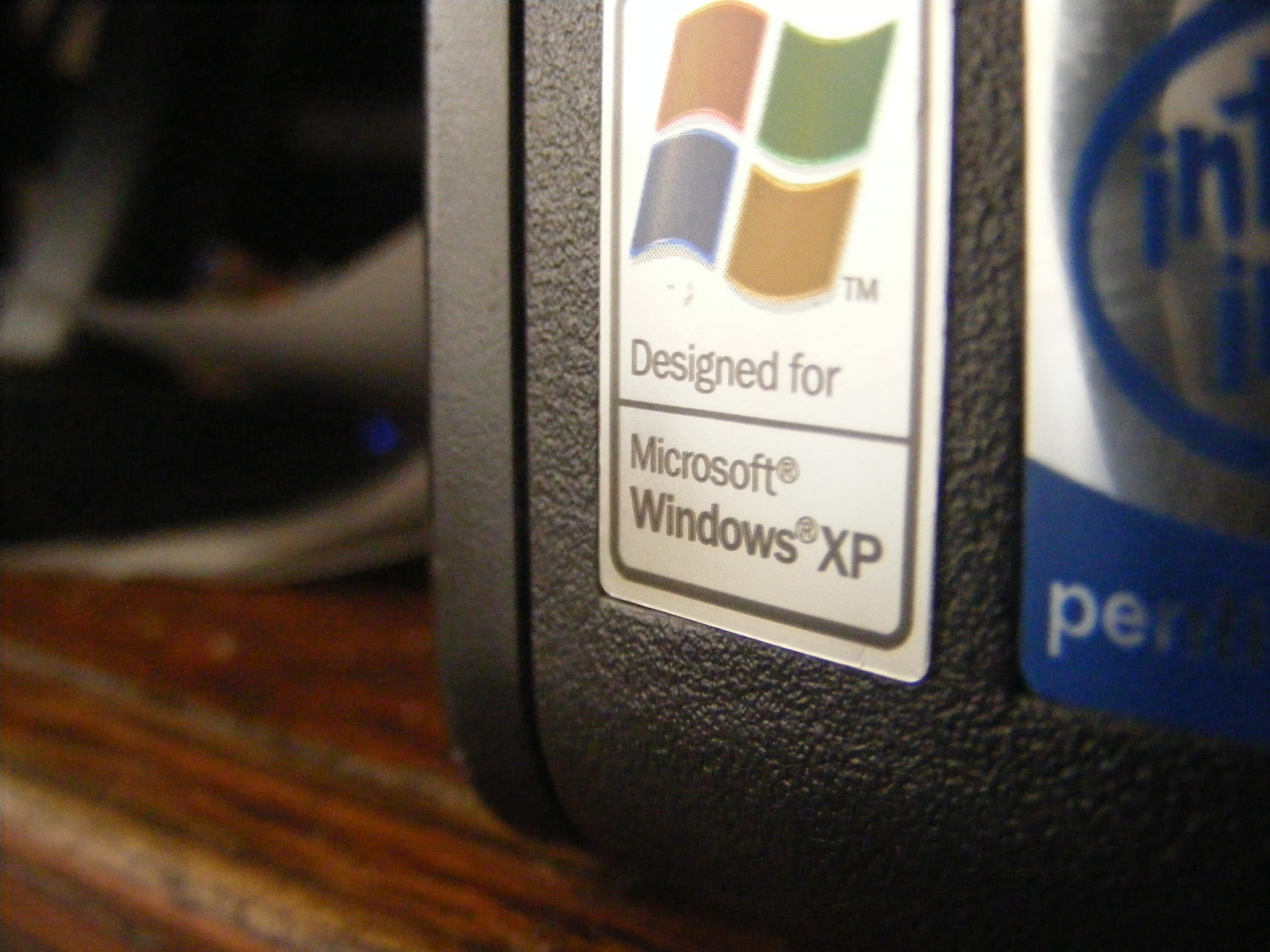This afternoon, Larry Seltzer forwarded a link to InfoWorld story “Microsoft’s Looming Windows 7 Licensing ‘Disaster’ for XP Users.” Yeah? This story is a hissy fit over nothing. Galen Gruman writes that “the large percentage of businesses that have held onto XP rather than go to Vista—about half, according to Gartner—are no doubt planning to migrate to Windows 7. But Microsoft may be making it harder and costlier for them to do so.”
The harder, according to InfoWorld: Windows XP downgrade rights will be available through April 23, 2010. The costlier: Businesses wanting downgrades at a later time must pay for Software Assurance. Galen’s story claims an extra $90 per PC.
There’s nothing sinister going on here, nor do I see Microsoft playing hardball with its business customers. I’m no fan of the Software Assurance requirement for Enterprise Windows Vista or 7 versions, but I’ve got to defend Microsoft on this one.
- Microsoft had already granted OEMs extended “rights” to ship Windows XP through April 2010. The date isn’t new.
- Microsoft’s earlier-stated policy had been downgrades for six months after Windows 7 ships, which explains the October 22nd launch date. Earlier launch would have burdened customers.
- Six months is plenty of time for most enterprises to plan XP migrations. Most will either keep existing XP systems for at least 12 months, or go to Windows 7 right away.
- Software Assurance is only necessary for Windows 7 Enterprise. Businesses can deploy Professional or Ultimate without opting in for SA.
It’s true that the majority of enterprises will be moving from Windows XP to Windows 7. But it’s non-sequitur that the Windows XP downgrade policy—assuming InfoWorld’s reporting is factual—would affect the majority of enterprises. Most businesses with Windows XP PCs in place will have no immediate reasons to upgrade other than want or need. Perhaps they see benefits in Seven over XP, or they need to deploy new hardware and choose Windows 7. Microsoft isn’t forcing businesses to deploy Windows 7.
Nor do I see the six-month Windows XP migration period as a strong-arm tactic. It would be if Microsoft shipped Windows 7 on, say, September 22nd and ended XP OEM shipments a month earlier than planned.
Two weeks ago I asked: “Why announce Windows 7’s October release in June?” Windows XP’s extended obsolescence is a reason I overlooked. The time period isn’t six months, as stated by InfoWorld, but more like 10 months. Microsoft is clarifying for enterprise now—more than four months before the six-month time period begins—what the migration policy will be.
Microsoft is acting to prevent disaster, to help enterprises planning on Windows 7 to get there quickly.
By the way, I’m rarely such a strong Microsoft apologist. Don’t expect it to be a habit. 🙂
Update: Now here is an interesting twist. Michael Silver, Gartner distinguished analyst, who is quoted in the InfoWorld story, contacted me. Michael is an exceptioanlly astute analyst (which perhaps explains why he is distinguished; that’s a compliemnt). He says that Microsoft has changed the policy. XP downgrades will be available for 18 months from Windows 7’s general availability or the release of Service Pack 1, whichever comes first. Well, well, if there was a disaster, it has now been averted.
Photo Credit: Nick Perla
